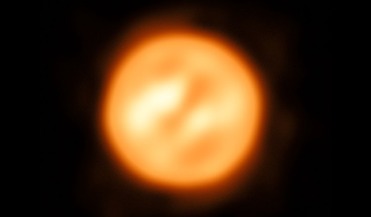 25 August 2017
Most detailed image ever of a star other than our Sun
25 August 2017
Most detailed image ever of a star other than our Sun
... predicted - a result that was not consistent with movement from convection. Convection is the transfer of heat from one place to another by ...So how did the gas get to where it was without convection? The team are unsure but they suggest that a new, ...
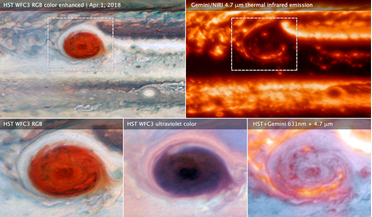 11 May 2020
Spacecraft and telescopes join forces to probe deep into Jupiter's atmosphere
11 May 2020
Spacecraft and telescopes join forces to probe deep into Jupiter's atmosphere
... outbreaks are associated with a three-way combination of cloud structures: deep clouds made of water, large convective towers caused by upwelling of moist air -- essentially Jovian thunderheads -- and clear regions presumably caused by downwelling...
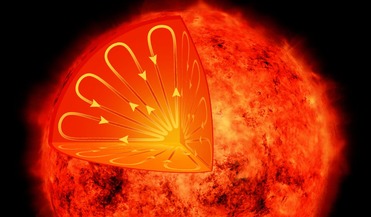 12 October 2016
Proxima Centauri reveals yet more intrigue as a cycle of dramatic sunspots is observed
12 October 2016
Proxima Centauri reveals yet more intrigue as a cycle of dramatic sunspots is observed
... the strong magnetic fields in these spots inhibit convection below the surface (convection is the transfer of heat from a hot location..., the interior of a small red dwarf star should be convective all the way into the star's core, so accordingly it...
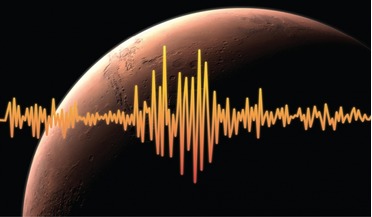 August 2018
Measuring the pulse of Mars
August 2018
Measuring the pulse of Mars
... it did. “One theory, advanced by Dan Shim at Arizona State University, is that hydrogen in Mars’ core shut down convection,” says Panning. “For hydrogen to enter the core, however, contact between the core and hydrated silicon...
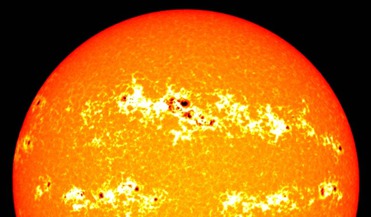 10 May 2016
When sunspots are minimal, the solar magnetic field is at a maximum, say researchers
10 May 2016
When sunspots are minimal, the solar magnetic field is at a maximum, say researchers
... DYNAMO team, who conducts astroinformatics or computational astrophysics and data-analysis at the Department of Computer Science. The convection zone extends from a depth of 200,000 km up to the visible surface of the Sun (the photosphere) and due...
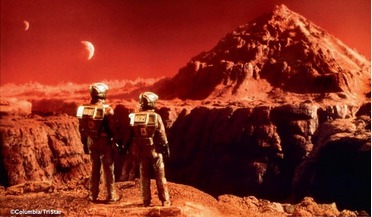 December 2014
Terraforming Mars: from CFCs to Total Recall
December 2014
Terraforming Mars: from CFCs to Total Recall
... is too rich in O2, then flames burn wildly because the convection of air that cools the flame also brings in the O2 that fuels it. ...Adding N2 to the mix allows convection to carry off heat without generating more energy in the ...